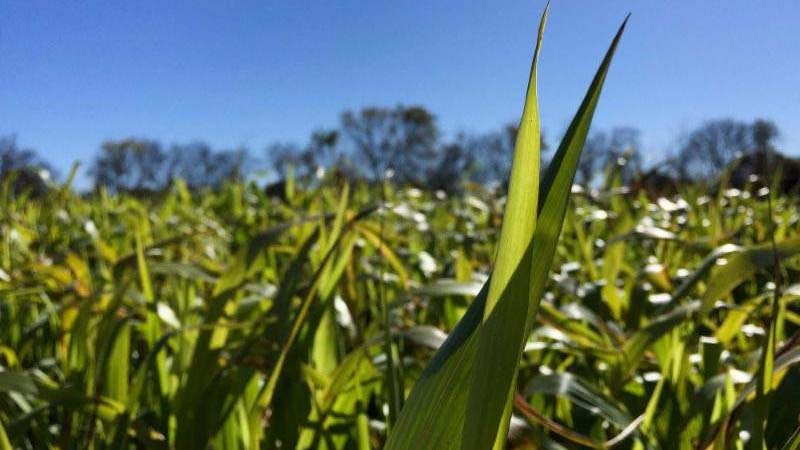U.S. Cover Crop Acreage Surged 50% in 5 Years
go.ncsu.edu/readext?597707
en Español / em Português
El inglés es el idioma de control de esta página. En la medida en que haya algún conflicto entre la traducción al inglés y la traducción, el inglés prevalece.
Al hacer clic en el enlace de traducción se activa un servicio de traducción gratuito para convertir la página al español. Al igual que con cualquier traducción por Internet, la conversión no es sensible al contexto y puede que no traduzca el texto en su significado original. NC State Extension no garantiza la exactitud del texto traducido. Por favor, tenga en cuenta que algunas aplicaciones y/o servicios pueden no funcionar como se espera cuando se traducen.
Português
Inglês é o idioma de controle desta página. Na medida que haja algum conflito entre o texto original em Inglês e a tradução, o Inglês prevalece.
Ao clicar no link de tradução, um serviço gratuito de tradução será ativado para converter a página para o Português. Como em qualquer tradução pela internet, a conversão não é sensivel ao contexto e pode não ocorrer a tradução para o significado orginal. O serviço de Extensão da Carolina do Norte (NC State Extension) não garante a exatidão do texto traduzido. Por favor, observe que algumas funções ou serviços podem não funcionar como esperado após a tradução.
English
English is the controlling language of this page. To the extent there is any conflict between the English text and the translation, English controls.
Clicking on the translation link activates a free translation service to convert the page to Spanish. As with any Internet translation, the conversion is not context-sensitive and may not translate the text to its original meaning. NC State Extension does not guarantee the accuracy of the translated text. Please note that some applications and/or services may not function as expected when translated.
Collapse ▲Sustainable Agriculture Research and Education Program | 4/16/2019 | Via MorningAgClips
WASHINGTON — The adoption of cover crops as a key soil health practice continues at a rapid rate throughout the country, according to new data from the 2017 Census of Agriculture. Cover crops were planted on 15.4 million acres in 2017, an increase of 50% over five years, the census shows. Iowa led the way with a 156.3% increase during that period, and a number of other states also more than doubled their cover crop acreage, including Missouri, Illinois, Ohio, Mississippi, Nebraska, Vermont and Arizona.
“In visiting with my fellow farmers all over the United States, it’s been incredibly gratifying to see so many people committed to the stewardship of our soils,” says Steve Groff, a Pennsylvania farmer and one of a growing number of enthusiastic cover crop experts. “In too many places our soils have become degraded, and we really need to reverse that trend and rebuild the health of our soils going forward. Cover crops are one of the most effective tools we have to restore soil carbon and regenerate our soils.”

The remarkable expansion of cover crop acreage is a result of countless efforts by conservation advocates and others across the country. “This significant growth in cover crop acreage is providing major dividends in soil health and conservation on many types of farms and in all regions of the United States,” says Dr. Rob Myers, director of Extension programs for North Central Region SARE. “My hope is that this pace of increase will continue and even accelerate, leading us to 40 or 50 million acres of cover crops in the next decade.”
“Getting significant additional growth in cover crop adoption will take continued interest by farmers and a coordinated effort among many different partner organizations and agencies, which I believe we can accomplish,” Myers says. “The need for additional protection and improvement of our nation’s soils is paramount, as our whole food system depends on having healthy soils.”
Continue reading more at Morning AgClips


